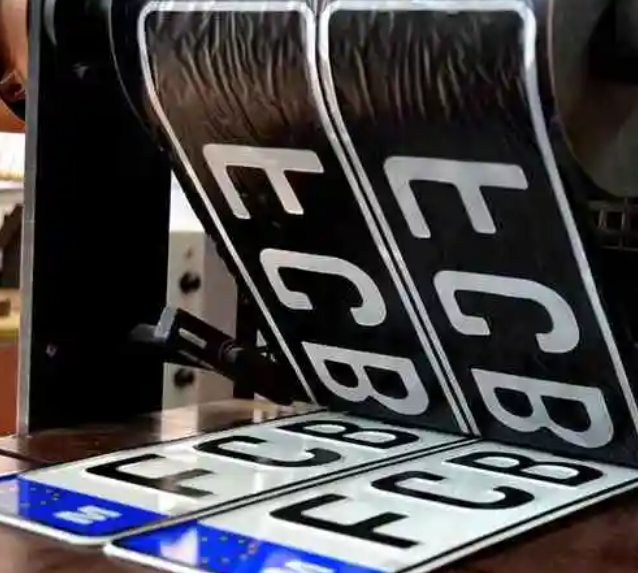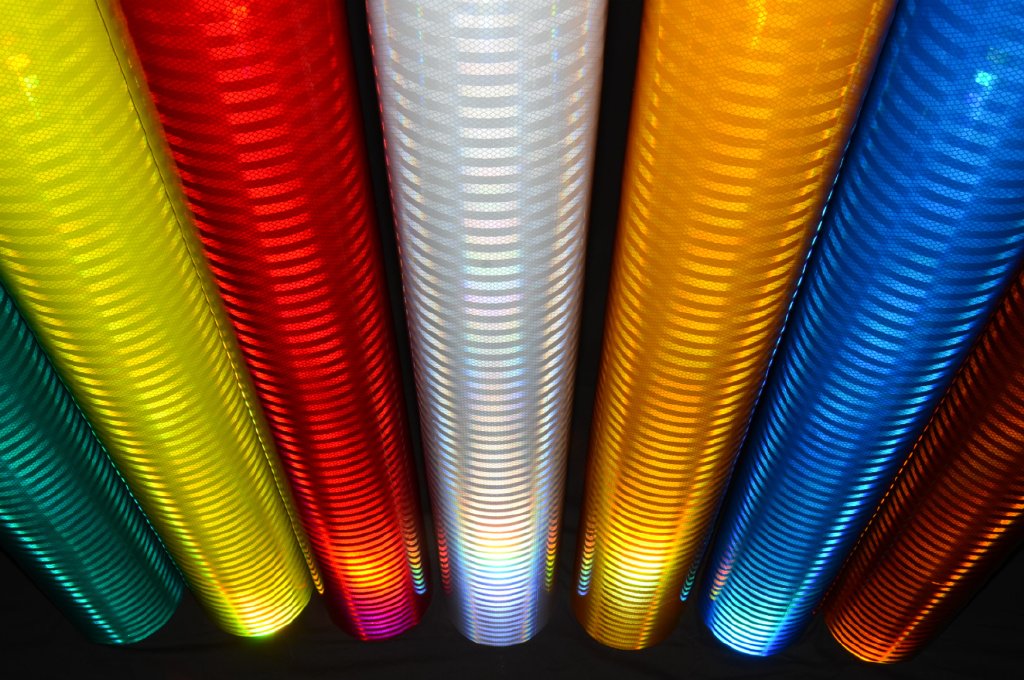
In the road traffic management system, vehicle license plates serve as the “identity credentials” of vehicles. Ensuring clear and legible license plates under any lighting conditions is a critical prerequisite for traffic regulation, accident traceability, and public security prevention. Reflective film, as one of the core materials in license plate manufacturing, acts as a “silent guardian” in guaranteeing nighttime and low-visibility environment identification efficiency due to its unique optical reflection properties. This article will provide an in-depth analysis of the application value, technical standards, and practical significance of reflective film in the field of automotive license plates.
The incidence of traffic accidents at night is approximately 1.5 times that during the day, while issues such as “license plate evasion” and “difficulty in tracing violations” due to unclear plate recognition have long been challenges in traffic management. The application of specialized reflective film addresses the pain point of “nighttime license plate invisibility” at the source, ensuring that vehicle license plate characters remain clearly visible even when the vehicle is over 50 meters away from surveillance equipment during nighttime driving. This provides technical support for traffic enforcement and safety management.

Technical analysis: Core characteristics of license plate specific reflective film
Technical analysis: Core characteristics of license plate specific reflective film
Not all reflective films can meet the requirements of license plate applications. License plate specific reflective films need to have the following four core technical characteristics in order to adapt to complex road traffic environments:
- High reflectivity performance ensures “long-range recognition”
The license plate reflective film adopts glass bead type reverse reflection technology. When the light of the car lamp shines on the surface of the license plate, the glass beads in the reflective film can reflect the light back to the light source in the original direction (such as vehicle headlights, monitoring fill lights), forming a “directional reflection” effect. According to the standard requirements, the retro reflection coefficient of the license plate reflective film must be more than 100cd • lx • m • ² (white area), which means that the monitoring equipment can still accurately identify license plate characters through reflected light even in rainstorm, fog and other bad weather. - Strong weather resistance, suitable for use in all scenarios
Vehicles exposed to outdoor environments for a long time must withstand multiple environmental tests such as high temperature, severe cold, ultraviolet radiation, and rainwater erosion. High quality license plate reflective film has excellent weather resistance through special coating treatment:
High and low temperature resistance: can maintain stable performance within the temperature range of -40 ℃~80 ℃, suitable for both northern cold and southern hot climates;
Anti UV aging: By adding anti UV agents, it effectively resists UV erosion in sunlight, avoids fading and cracking of reflective film, and ensures that the license plate has a service life of more than 5 years;
Waterproof and anti fouling: The dense protective coating on the surface can isolate rainwater and oil stains, reduce dust adhesion, and maintain clear reflective effect even after long-term use. - Good adhesion to prevent “edge curling and detachment”
The back adhesive of the license plate specific reflective film adopts pressure-sensitive adhesive technology, which has strong adhesion and flexibility. In the process of license plate manufacturing, the reflective film can be tightly adhered to the aluminum alloy license plate substrate. Even if the vehicle experiences vibration and bumps during driving, it is not easy to have curled edges or detachment, avoiding license plate recognition failure caused by damaged reflective film. - Color stability, in compliance with unified identification standards
The color contrast between license plate characters and the background color is a key factor affecting recognition efficiency. The dedicated reflective film uses high-purity color paste to ensure stable color values of standard license plate colors such as white, blue, and yellow, and long-term use without fading
